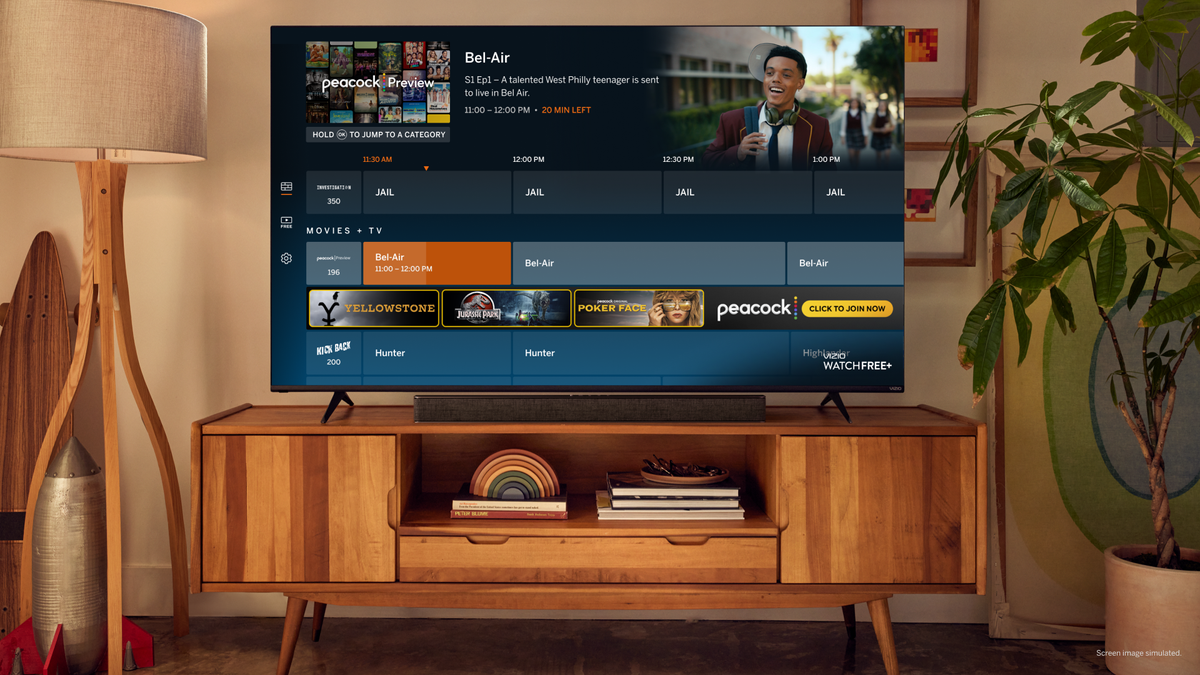The use of Semi-Automated Offside Technology (SAOT) is set to revolutionize the way football officiating works. This innovative technology will be introduced in the next season, following an autumn international break. By utilizing advanced optical player tracking technology, SAOT promises to provide a quicker and more consistent placement of the virtual offside line, eliminating human error and ensuring fairer officiating on the field.
The introduction of SAOT will eliminate the need for VAR teams to manually draw or activate lines, as the virtual line is automatically generated to identify skeletal data points on multiple players such as head, toes, upper arm, and knees. This approach will provide a clearer understanding of offside decisions for spectators both inside and outside the stadium, enhancing the overall viewing experience.
SAOT has already been successfully implemented in competitions such as the Champions League, Serie A, and the Club World Cup. It will also be introduced during this summer’s European Championship in Germany. This move signifies a proactive step towards embracing advancements that benefit players, officials, and supporters alike.
The head of referees at Professional Game Match Officials Limited (PGMOL), Howard Webb, confirmed that this technology represents a significant leap forward for the league’s officiating standards. By leveraging state-of-the-art technology, the league aims to ensure that match outcomes are determined by player performance and skill rather than contentious officiating decisions.
The implementation of semi-automated offside technology represents a significant advancement in football’s officiating process. It underscores the league’s commitment to staying at the forefront of advancements in sport and providing a more accurate and consistent experience for players, officials, and fans alike.

